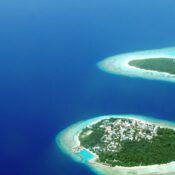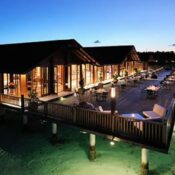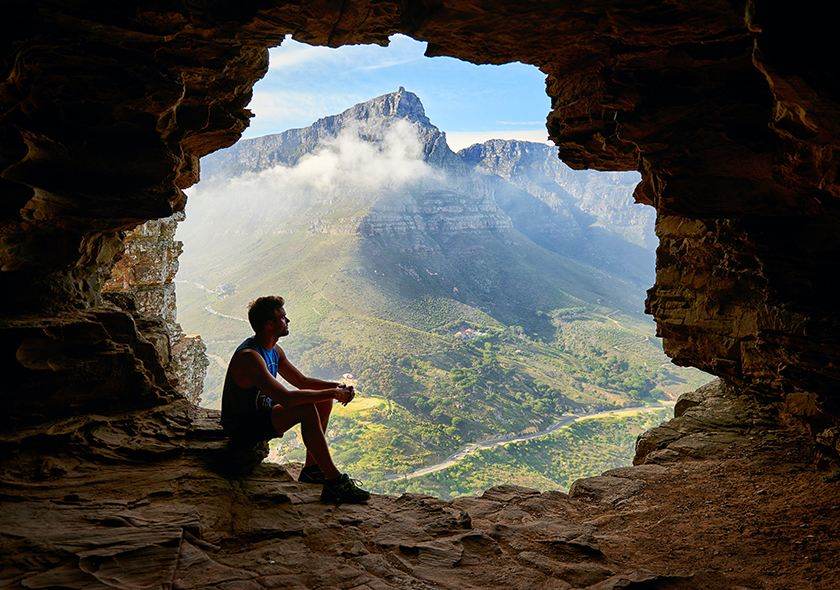
Everything You Need To Know About West Jaintia Hills
These beautiful hills, formerly part of the Jaintia Kingdom, are covered with lush flora and rich mineral resources. Located in Meghalaya, it’s a component of the Patkai mountain range, stretching from India into Myanmar. In comparison to the Khasi and Garo Hills, the Jaintia Hills are a much smaller hill area, yet its beautiful lakes and rich vegetation never cease to astonish visitors.
The administration is based at Jowai, which is the only town in this region with road access to neighboring towns. East Jaintia Hills and West Jaintia Hills are the two districts that make up the Jaintia Hills.
The Krang Suri Falls, one of India’s most stunning waterfalls, may be found in the Jaintia Hills. Water that has taken on an incredible hue of blue amidst the rough rocks and lush vegetation evokes the creative side in everybody who sees it. There are still ruins of the Jaintia King’s Summer Palace in the lovely town of Nartiang, which is located in the magnificent Jaintia highlands. The Nartiang Monoliths, a massive group of ancient stones left over from the Stone Age, may be seen nearby as well.
Continue reading about Everything About Rainbow Falls, Meghalaya
Places To Visit in West Jaintia Hills
1. Nartiang
It is located in the West Jaintia District. It is home to the ruins of the Jaintia King’s Summer Palace, the world’s most extensive collection of monoliths, and a temple dedicated to the goddess Durga next to the Summer Palace’s ruins.
2. Thadlaskein Lake
It is an artificial lake in the West Jaintia District and is a favorite picnic site for residents. People in Raid Mukhla revere and sacrifice at the lake because it is sacred to them. It’s around 8 kilometers from Jowai on NH 44.
3. Khim Moo Sniang
Khim Moo Sniang is a well-known tourist destination in the West Jaintia District because of the sacred pig-shaped rock that lies underneath it. The stone is said to have protective properties. You can find many eating outlets and small eateries in the region serving Jaintia’s specialties. People may go around and buy local goods from little stores constructed of wood and bamboo.
4. Syndai
These caves and tunnels, which were utilized as safe havens by the Jaintia Hills during their struggle with foreign invaders, are a significant draw for visitors to the settlement of Syndai, which is located in the west of the region.
5. Borghat Temple
The hamlet of Borghat lies close to the Bangladeshi border in the East Jaintia district. Hindus worship at this temple, which has a long history of service to the community. In the past, people came to this place to make sacrifices. During the devastating earthquake that struck Japan in 1987, the temple was severely damaged.
Also read about Williamnagar – A Compact Package Of Happiness
6. Ruparsor Bathing Ghat
The Ruparsor bathing ghat, located in the East Jaintia District, was built for the Royal family’s leisure time. There’s a ghat constructed of granite there, and it draws its water from the Ruparsor stream, which flows through a ridge that looks like an elephant’s curled trunk.
Best Time To Visit West Jaintia Hills
The district of Jaintia Hills has scorching summers and bitterly severe winters due to its location. The Jaintia Hills get a lot of rain during the monsoon season.
Jaintia Hills is best visited in the summer when it’s warm and sunny with little or no rain. It is when the weather is most excellent.
Tips To Travel To West Jaintia Hills
-
Most towns have good roads; however, getting around town and seeing the tourist attractions might be a bit of a challenge.
-
There aren’t any places to stay in the area. For a more well-planned excursion, it’s best to stay in Shillong and arrange transportation to other parts of the region.





